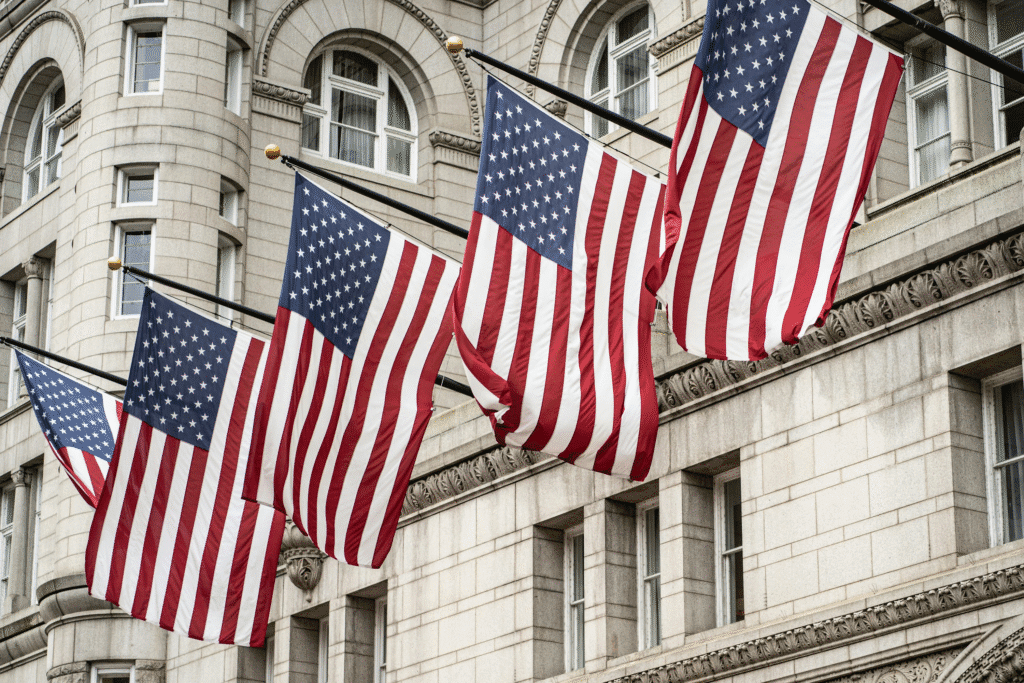The Trump administration is reportedly discussing the possibility of investing in Critical Metals Corp, a company that owns one of the world’s largest rare earth deposits located in Greenland. This project, called the Tanbreez rare earths mine, could soon become a key part of the United States’ growing interest in securing supplies of rare earth minerals—materials that are vital for producing electric vehicles, smartphones, and even military weapons.
According to four people familiar with the matter, U.S. officials have talked about taking a financial stake in Critical Metals Corp. If the deal goes through, it would give Washington direct ownership in Greenland’s biggest rare earths project. Interestingly, this same Arctic island was once the subject of President Donald Trump’s proposal to buy Greenland itself. That idea drew global attention at the time, and now, years later, the U.S. might still end up with a presence there—this time through business rather than territory.
The story of this project began when former President Joe Biden’s administration successfully pushed for the Tanbreez deposit to be sold to New York-based Critical Metals. It was purchased for much less than what a Chinese company had offered. This move reflected a growing desire among Western nations to reduce their reliance on China, which currently controls most of the world’s rare earth production and processing.
A senior official from the Trump administration commented, “Hundreds of companies are approaching us trying to get the administration to invest in their critical minerals projects. There is absolutely nothing close with this company at this time.” This quote suggests that while many companies are seeking government help, no final deal has been made yet regarding Critical Metals.
Rare earth minerals are incredibly important because they have special magnetic properties. These materials are used in a wide range of modern technologies—from the batteries that power electric vehicles to advanced weapons systems used in national defense. Without them, much of today’s high-tech equipment would not function properly. That’s why the United States and other Western countries are trying to find new sources and reduce their dependence on China, which dominates the market.
Critical Metals Corp bought the Tanbreez deposit last year for $5 million in cash and $211 million in stock. Earlier this year, in June, the company applied for a $50 million grant under the Defense Production Act. This is a U.S. law that dates back to the Cold War and allows the government to support production of materials needed for national security.

In the past six weeks, however, discussions have shifted. Instead of just giving a grant, the Trump administration has been considering turning that $50 million into an equity stake, meaning that the government would actually own part of the company. According to sources, this could give the U.S. around an 8% share in Critical Metals, depending on how the deal is structured. However, nothing is final yet—the size of the stake could change, or the agreement could even fall apart altogether.
Critical Metals has not responded to requests for comment on the matter. Similarly, the Danish Embassy in Washington, which represents Greenland since it is part of the Kingdom of Denmark, did not immediately provide a statement.
The United States has already taken similar steps in recent months. Washington has acquired stakes in other important minerals companies, including Lithium Americas and MP Materials. These moves show a clear pattern of investment aimed at strengthening America’s access to essential minerals that are crucial for the global economy. Rare earths, lithium, and other critical elements are vital for renewable energy systems, advanced electronics, and defense technology.
The Trump administration’s approach is part of a broader effort to make the U.S. more self-sufficient in the production and processing of critical materials. For decades, China has had near-total control over the rare earth supply chain. This dominance has caused concern in the West, especially because rare earths are used in sensitive military technologies such as guided missiles and radar systems. By investing directly in mining projects outside of China—like the one in Greenland—the U.S. hopes to secure a more reliable and independent source of these valuable minerals.
Another factor influencing this decision is the CHIPS and Science Act, which was signed into law by President Biden in 2022. This law was designed to promote semiconductor manufacturing in the U.S. and reduce dependence on Asia. However, according to reports, the Trump administration has been considering reallocating $2 billion from that program to fund projects focused on critical minerals. If that happens, it would further boost U.S. efforts to strengthen domestic and allied supply chains.
The potential investment in Critical Metals fits perfectly within this strategy. Greenland, though small, has large untapped reserves of rare earths, and its geographic position in the Arctic makes it an attractive partner for the United States. The Arctic is increasingly viewed as a region of economic and strategic importance, and this project could deepen U.S. involvement in the area without challenging Denmark’s authority over Greenland.
While the idea of investing in a Greenland mine might seem like just another business deal, it carries a strong political meaning. It shows how seriously the U.S. is taking the race for critical minerals—a race that could shape the future of global industries and geopolitics.
If the discussions lead to an agreement, the U.S. government could own a small but significant part of Critical Metals Corp. Such a move would send a message that America is ready to invest directly in mining and production to secure its technological future. But if negotiations fail, it would highlight the complex balance between business interests, international politics, and national security goals.
In the end, this story is more than just about money or mining—it’s about how nations are positioning themselves in a fast-changing world. Greenland’s rare earths could soon play a big role in global politics, connecting tiny Arctic lands with the world’s biggest economies.
As one official put it, “Hundreds of companies are approaching us…” This single line shows how fierce the competition has become. The question now is: will the U.S. turn its interest in Greenland’s rare earths into real ownership, or will this opportunity slip away just like the dream of buying Greenland once did?
Either way, the outcome will mark another chapter in America’s ongoing search for control over the materials that power modern life—minerals that are as rare as they are valuable.


